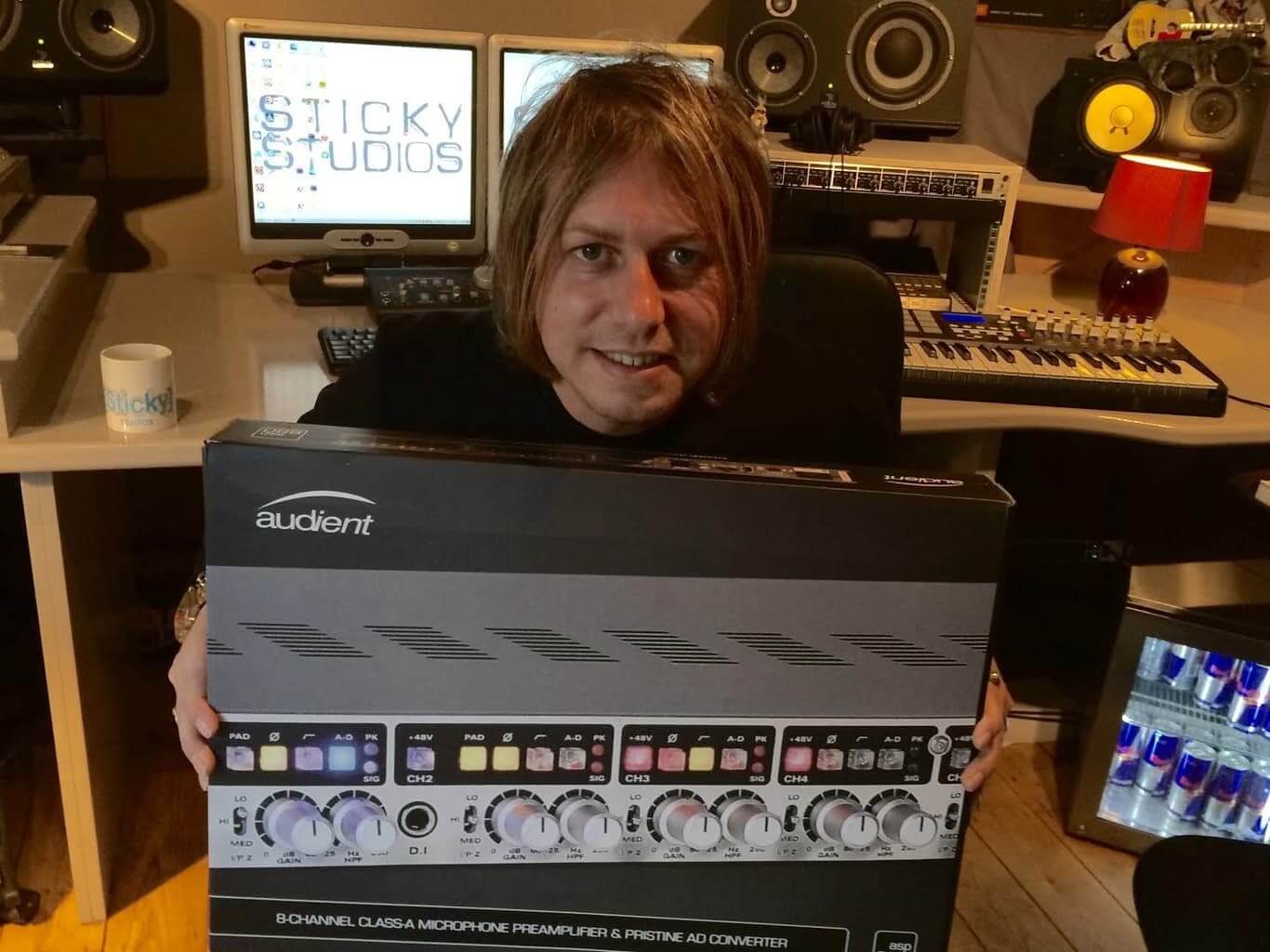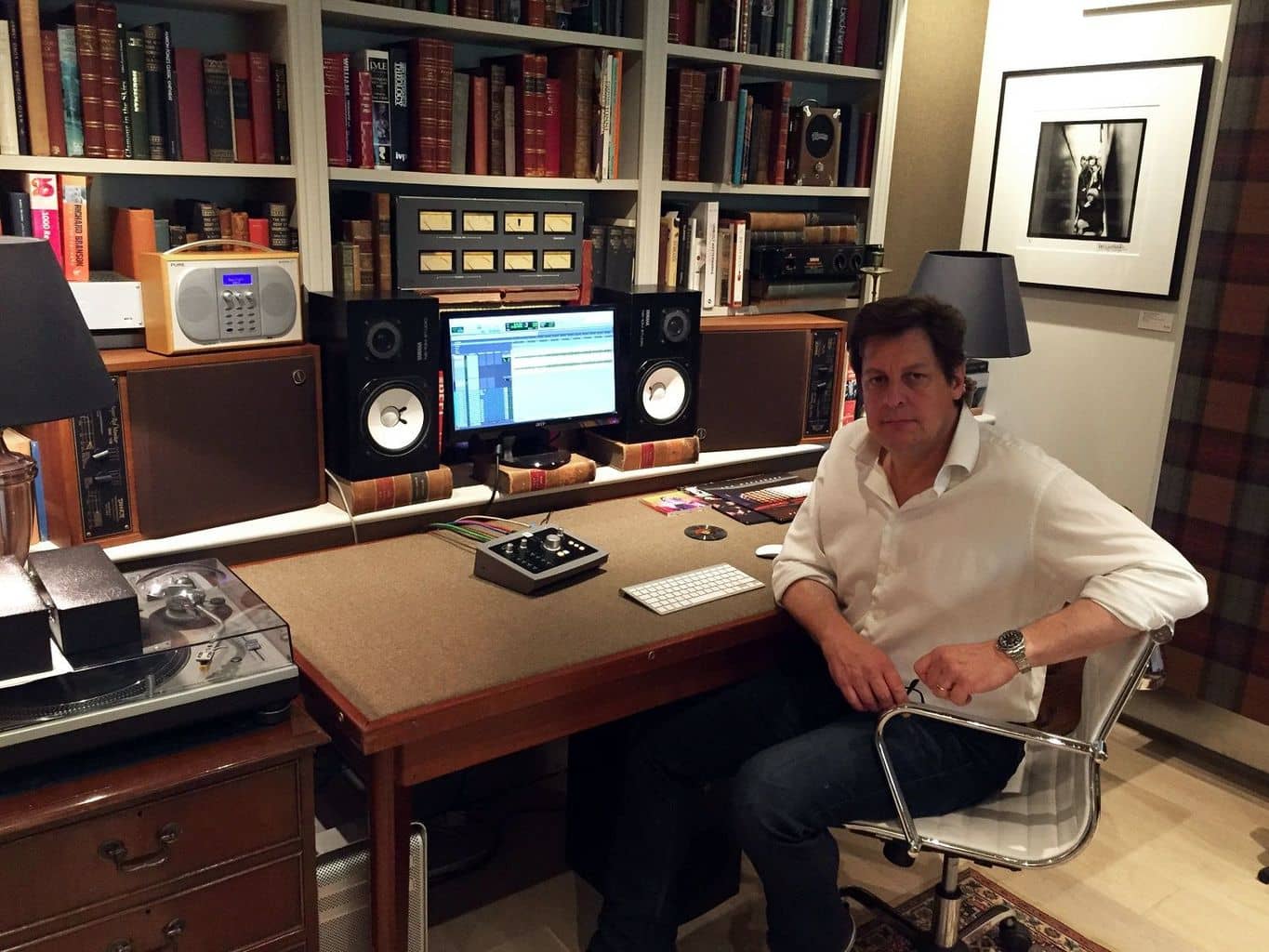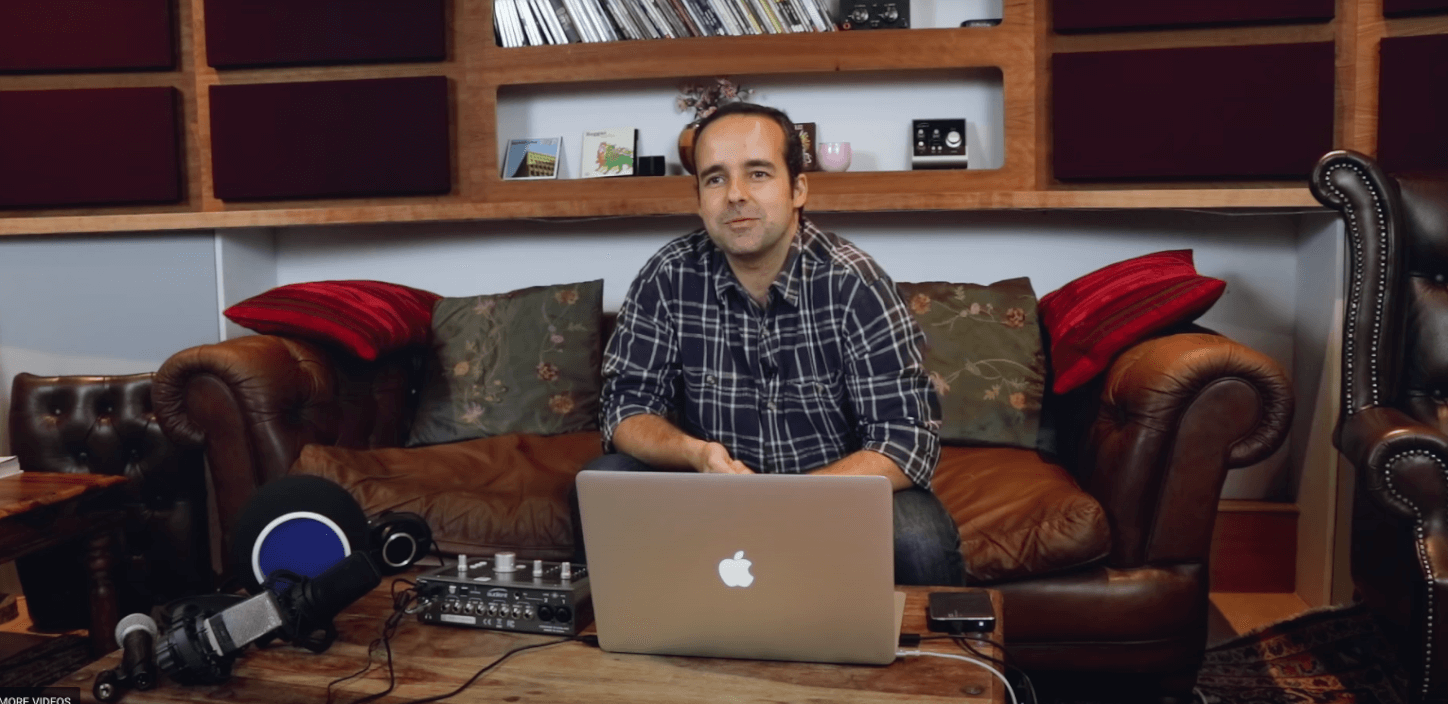What is Dolby Atmos?
The first in a long and chequered line of domestic surround sound formats to succeed in gaining mainstream adoption, Dolby Atmos has made the truly immersive listening experience technically and commercially viable all the way from the cinema to the living room – and even in headphones. While movies, TV and video games are the primary drivers of this multi-channel sonic revolution, the last few years have seen Atmos making huge waves in the music industry, too, with Apple in particular going all-in on the technology for their Apple Music streaming platform.
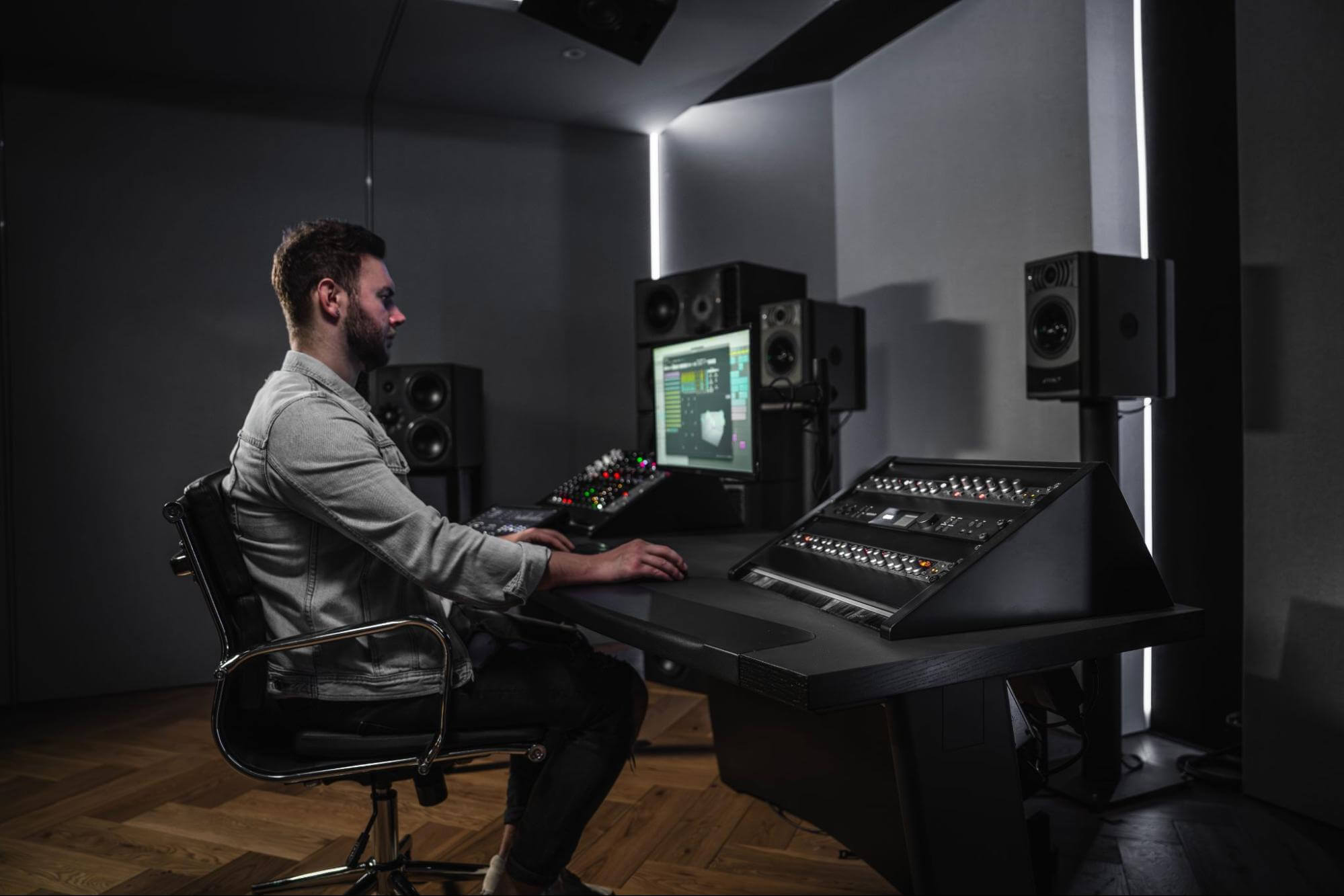
Dolby Atmos represents a fantastic opportunity for music producers looking to bring, quite literally, a whole new dimension to their tunes. What’s important to understand, though, is that Atmos-mixed music isn’t really about spectacular panning effects and over-dramatic three-dimensionality, so much as the ability to give a mix a remarkable degree of depth through the separation of instruments and their artful placement within a ‘dome’ around the listener. Of course, one of the biggest selling points of Dolby Atmos is the addition of height channels to the otherwise-horizontal surround format; and while that’s of most relevance to movie and game soundtrack producers, those elevated speakers can be very effective in helping to create an impressive sense of lateral scale through the judicious deployment of reverb, pads, backing vocals, percussion, spot panning effects, etc.
Also key to the success of Atmos is its scalability: an Atmos mix will automatically adapt to all speaker configurations from 4.1.2 to 11.1.8. You simply deliver a single master file and the Atmos metadata within it tailors playback to any speaker array, maintaining the 3D soundstage as accurately as possible. Broadly speaking, 7.1.2 is considered to be the sweet spot for a domestic setup, providing two front, two side, two rear and one centre speakers, as well as a subwoofer for the LFE (Low Frequency Effects) channel, and two overhead (height channel) speakers.
To be clear, you can’t just run a stereo mix into an Atmos system and have it magically transformed into a surround mix – it needs to be produced and rendered for Atmos specifically. So, let’s get into the fundamentals of what that entails.
Objects and beds
The main thing that makes Atmos different to previous surround formats is that those have all been channel-based, meaning that tracks and buses are routed to specific channels in the mix. Atmos is object-based, meaning that each mix element/instrument is a completely self-contained and spatially liberated entity (an ‘object’), with its 3D positioning described in its metadata instead of being defined by a discrete channel routing. Thus, rather than adjusting the levels of the individual channels to which a given sound is routed, the object itself is moved around freely in a graphical representation of three-dimensional space within the DAW, yielding a much more precise, flexible and sonically effective workflow and experience, as well as the previously discussed ability to have that same movement reproduced on any Dolby Atmos setup.
The Dolby Atmos Renderer (that’s the software that exports the final master file – see below) knows the number of speakers in the system, and as long as those speakers are correctly placed in the room, the positioning of any object should be consistent – although, naturally, more speakers means greater spatial ‘resolution’.
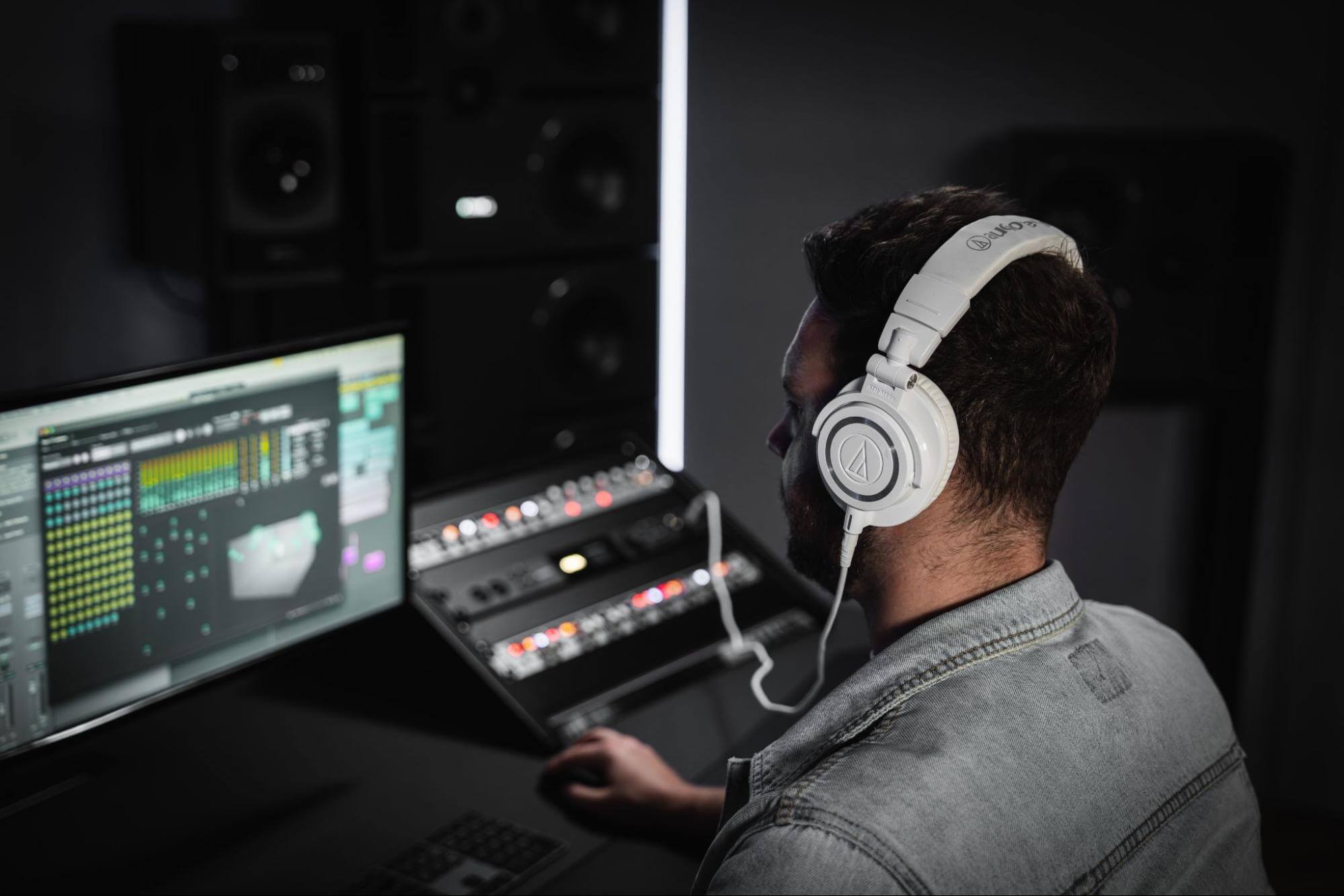
As well as objects, a Dolby Atmos mix also includes a ‘bed’. This is a conventional channel-based surround bus, in which each of (usually) ten channels is routed to a fixed speaker position in a (usually) 7.1.2 setup. The bed can be thought of as the foundation on top of which the dynamically positioned objects sit. In an Atmos movie mix, for example, you might have the music and environmental sounds – traffic, crowd noise, etc; anything essentially ‘static’ – in the 7.1.2 bed, while focal cinematic elements (a helicopter overhead, gunfire to the left, the sound of a monster stomping about behind you…) are represented as objects that can be localised and moved around within the full three-dimensional sound field, with the listener at the centre. In a music mix, however, with up to 118 objects available in the Atmos spec, you can eschew the bed entirely and take full command of the positioning of each signal as an object unto itself, making it easy to give every instrument its own space within the 3D soundstage.
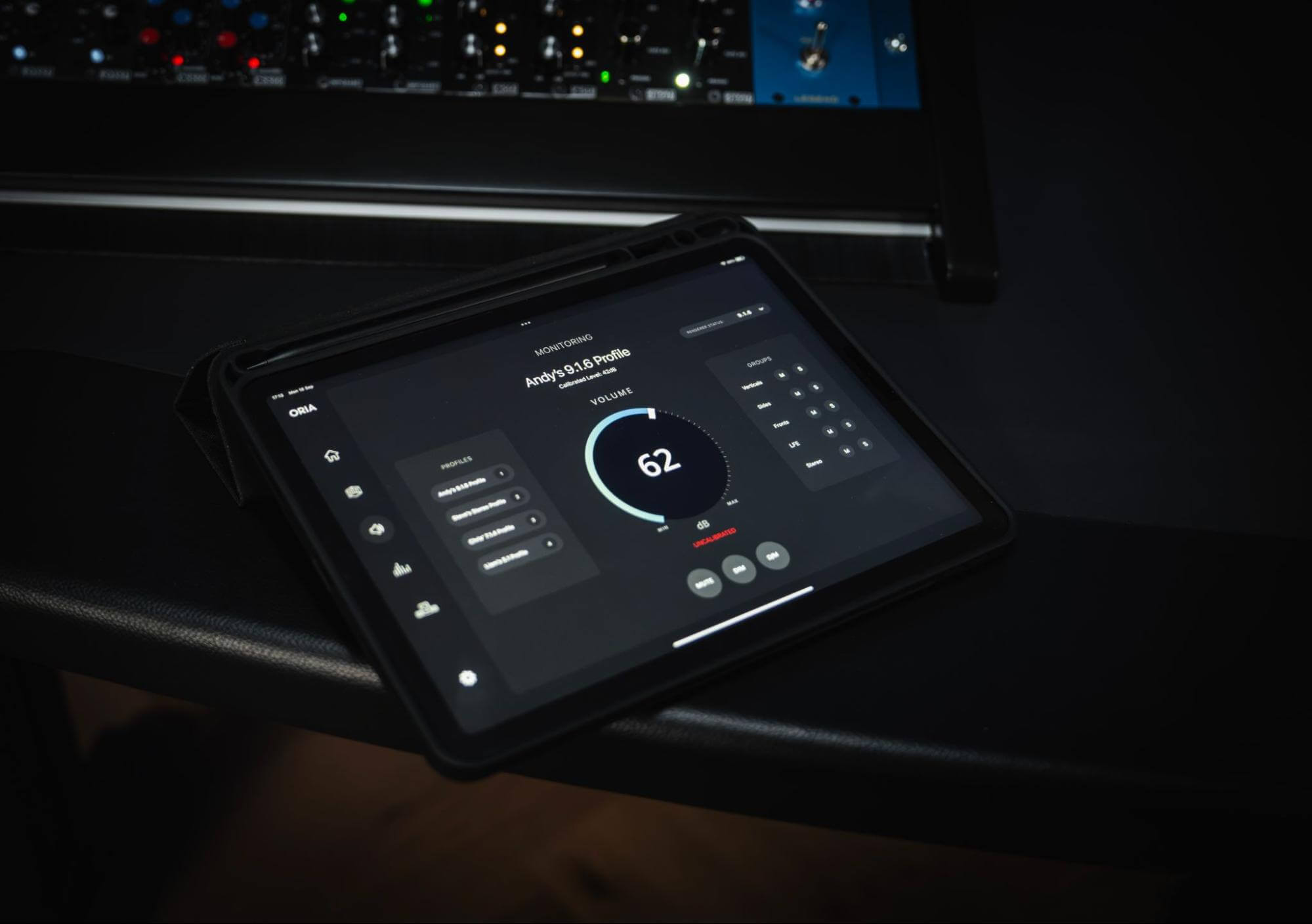
Binaural downmixing – Atmos on the go
These days, music is listened to more through stereo headphones than speakers, so what does that mean for your lovingly crafted immersive productions when it comes to mobile consumption? Well, happily, Atmos mixes can be recreated to an impressive degree of accuracy in stereo headphones through the magic of binaural processing. This uses psychoacoustic techniques to simulate 3D spatialising in two
channels, and the Dolby Atmos Renderer includes a binaural renderer with which to make it happen. Having created your Atmos speaker mix, downmixing it to a binaural representation involves a relatively simple setup process in the renderer – and, obviously, this also makes it possible to actually produce in Atmos through headphones as well.
Getting started in Atmos production
That’s Dolby Atmos in a nutshell, then – but what equipment do you need to produce and mix for it? The main considerations in terms of cost are the loudspeakers and the audio interface, the first of which can potentially get very expensive indeed, given that you’ll ideally be shooting for a 7.1.2 or 7.1.4 array, which amounts to ten or 12 speakers in total. We don’t have anywhere near the space here to get into this particular topic in depth, so suffice to say that, while you do get what you pay for with loudspeakers in any context, it is perfectly possible to furnish your studio with decent Atmos monitoring for a couple of grand at the more affordable end of the market.
As for the audio interface, while any model with enough outputs to cater to your speaker count will get the job done, we’re compelled to recommend our own Audient ORIA – the world’s first audio interface and monitor controller built specifically for producing and mixing in Dolby Atmos and other immersive formats. 16 properly channel-named outputs facilitate speaker arrays up 9.1.6; deep integration with Dolby Atmos Renderer enables multiple downmixed configurations to be stored in the ORIA itself for instant switching via the front panel; and deep Integration With Sonarworks SoundID Reference for Multichannel Speaker Calibration technology. (SonarWorks measurement microphone included), complete with onboard storage of multiple calibration profiles for switching between referencing schemes on the fly.
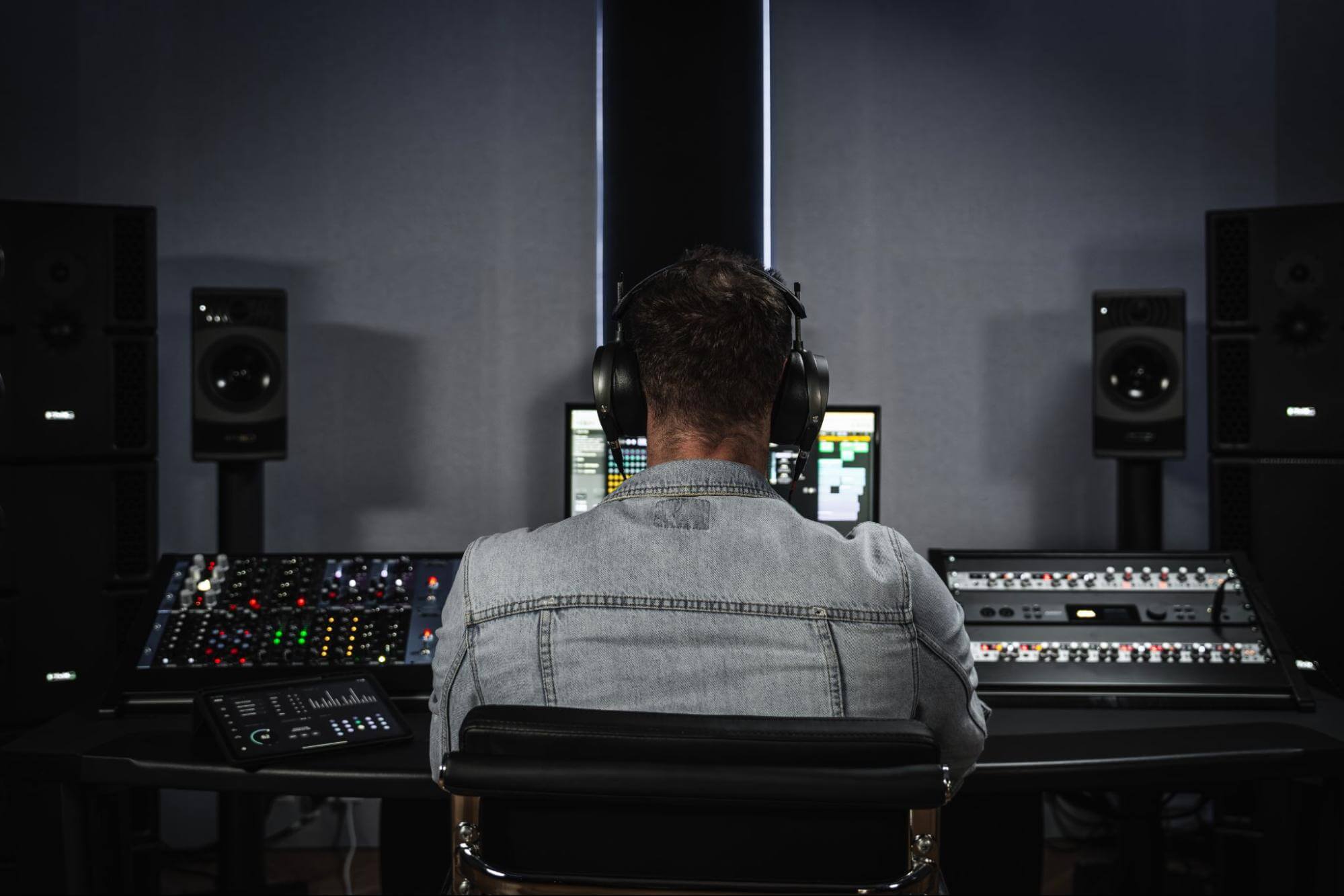
On the software side of things, Dolby provides the free Dolby Atmos Music Panner plugin, for object panning and positioning in DAWs that don’t enable it natively; and an increasing number of third-party plugins now support Atmos, empowering a variety of high-end reverbs, delays and other effects with full immersive channel routing capability.
Finally, central to any Dolby Atmos production rig is the aforementioned Dolby Atmos Renderer application, which renders your in-DAW mix to your monitoring setup (including headphones via the Dolby Atmos Binaural Settings plugin), and outputs the final Dolby Atmos Master File (DAMF) for distribution. Dolby Atmos Renderer works alongside any DAW, but if you’re using Logic Pro, Nuendo or Pro Tools, you can enjoy a fully integrated Atmos workflow without the need for a separate application, as those DAWs have it built in.

Welcome to the immersive future
Dolby Atmos and its binaural simulation in headphones are bona fide game changers for the music listening experience, and a whole lot of fun to create content for. With many hardware manufacturers and DAW developers – not to mention Dolby themselves – clearly committed to lowering the barrier to entry for music producers at all budgets, it’s now genuinely possible to upgrade any home studio to ‘Atmos spec’ without breaking the bank. No doubt about it, immersive audio is here to stay, and there’s never been a better time to get involved.
Our Products
-

Interfaz de audio 2 entradas | 2 salidas
-

Interfaz de audio 10 entradas | 6 salidas
-

10in | 14out Audio Interface
-

Interfaz de audio 20 entradas | 24 salidas
-

24in | 32out Audio Interface
-

Interfaz de audio 10 entradas | 14 salidas
-

Interfaz de audio 10 entradas | 4 salidas
-

Interfaz de audio 2 entradas | 2 salidas
-

Interfaz de audio 4 entradas | 4 salidas
-
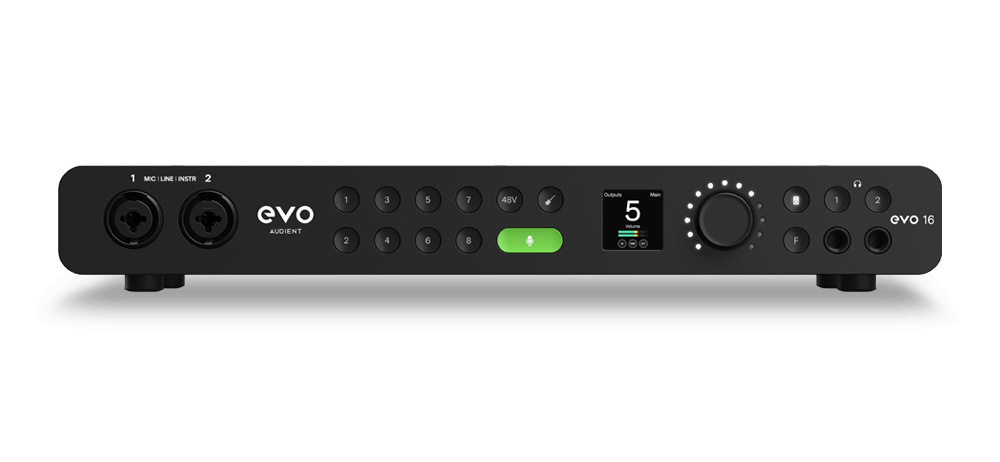
24in | 24out Audio Interface
-

Todo lo que necesitas para empezar a grabar
-

8 Channel Smart Preamp with AD/DA
-

Previo de micro y ADC de 8 canales
-

Previo de micro y control de tono de 8 canales
-

Consola de grabación analógica modular
-

Small Format Analogue Recording Console
-

Small Format Analogue Recording Console
-

Immersive Audio Interface and Monitor Controller
-

Controlador de sobremesa para monitores
-

Controlador de monitores de sonido surround

